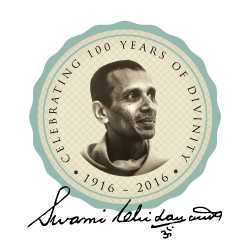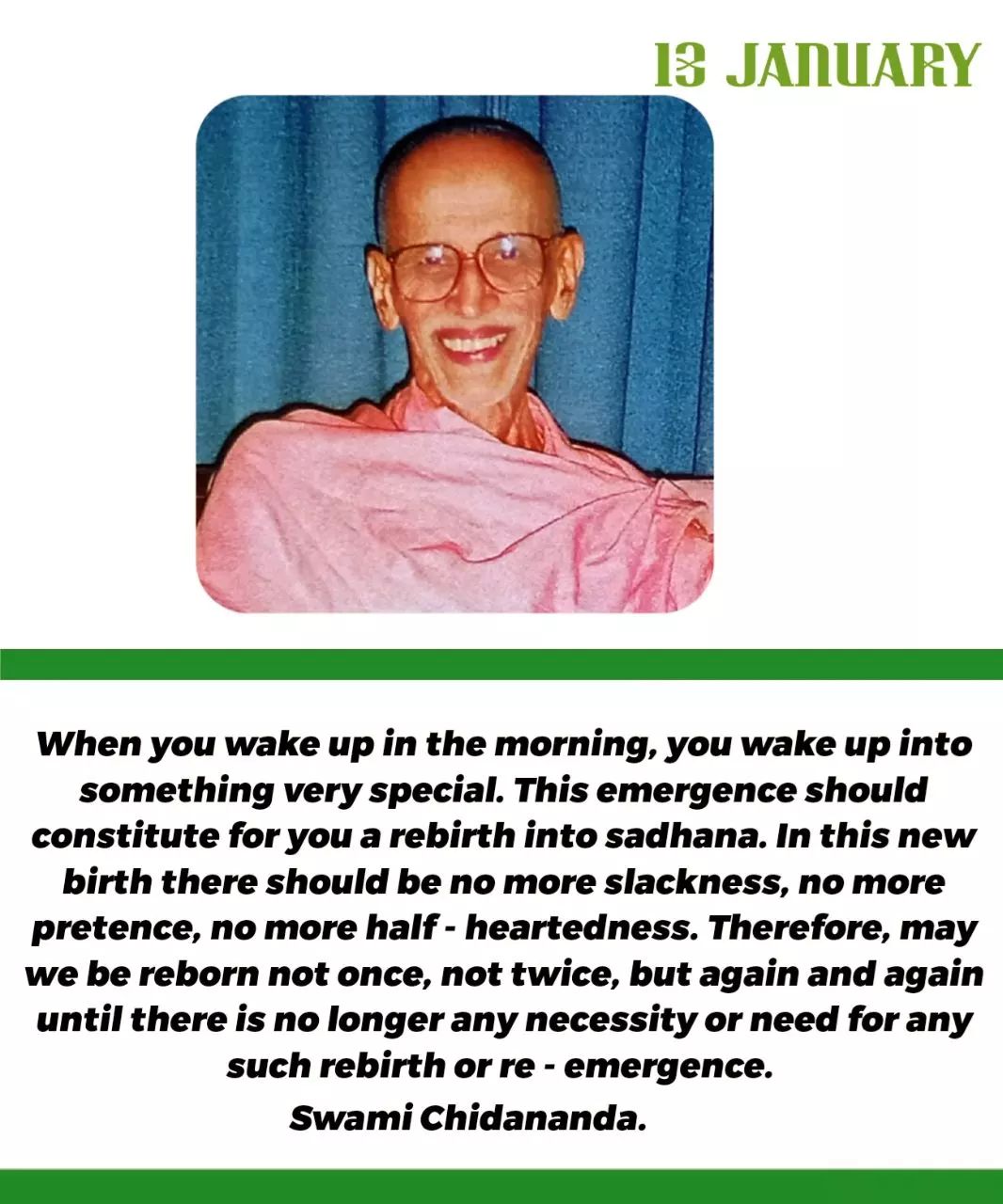Practical Steps to Inner Peace - 1.5. Sri Swami Chidananda
=============================================================
==============================================================
Wednesday,February 23, 2022. 06:00.AM.
Post - 5.
=============================================================
Our Upanishads start with the ultimate declaration: everything seen, heard, tasted, smelt or touched is only a temporary vanishing experience. This world is a great carnival of vanishing names and forms; they were not there before, and they will not last into the future. That which is eternal, without beginning, without end, is the ultimate reality and it is the Atma Tattva. And everything else exists, no one denies it.
Even Sankaracharya did not deny its existence. But he said it exists only for the time being. Therefore you cannot rely upon it. It is Asat (unreal). Sat Tattva is something that persists in all the three periods of time —- past, present and future —- without the least alteration. You can rely upon it 101%. It never changes.
That is the classical Vedantic definition of Sat (real) and everything else is Asat. Nothing comes up to this very clear-cut definition. When those who had turned away from the temporary rose into the direct experience of that great reality, they discovered that there is no word to describe it. But they discovered that it is profound peace—infinite, immeasurable peace!
Shanto Ayam Atma! That Atman, that supreme non-dual principle, one without a second, called Brahman, is absolute peace. And where there is that absolute peace, there is supreme joy, supreme Bliss. Peace and Bliss are the obverse and reverse of the same coin.
So those who are hankering for peace are actually in search of happiness. Happiness is the ultimate quest of all life. Happiness can only exist in a state of absolute inner peace.
----------------------------------------------------------------------------------------------------------
Thus, our great country long ago discovered that peace and bliss abide in that supreme reality, not in lesser things. Tyagaraja, the great saint and founder of Karnataka music and who has given innumerable compositions in Sanskrit, Telugu and Kanarese, sings, “There is no happiness without peace”.
And in Geeta Jnana Upadesha, Bhagawan Sri Krishna very pertinently draws our attention to this particular truth, through a query, “Oh Arjuna, ashantasya kutah sukham?”
(How can there be happiness for one who has no peace?)
----------------------------------------------------------------------------------------------------------
Peace is absolutely necessary. If you are a slave to your senses, you cannot obtain peace. If you are self-controlled, you can obtain peace. If you fill your mind with innumerable desires and cravings, always wanting this and that, then you will always be agitated.
The greater the multiplication of desires, the greater is the agitation of the mind. And therefore, one who has conquered desire, he has got the key to peace. Peace is the very centre of our culture. We all are peace oriented people.
There is no Upanishad chanting, no Vedic chants or ceremony and no meditation upon the transcendental reality without Shanti Path.
There is no Karma Kanda Kriya, no Jnana Kanda, Dhyaana, Upasana or Swadhyaya without chanting the Shanti Path: desiring for peace here, peace within the teacher, peace within the pupil, peace for his studies, peace for all life. They did affirm Peace for everyone, for the earth,for the five elements, for the celestial spheres, for the supreme abode of Brahman also.
To be continued ....
===============================================================








Comments
Post a Comment